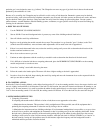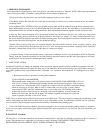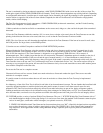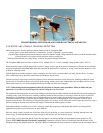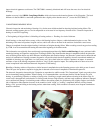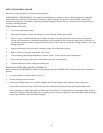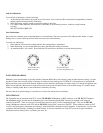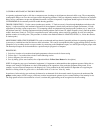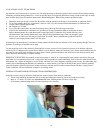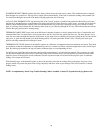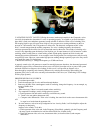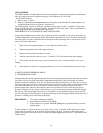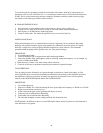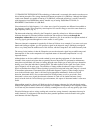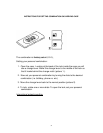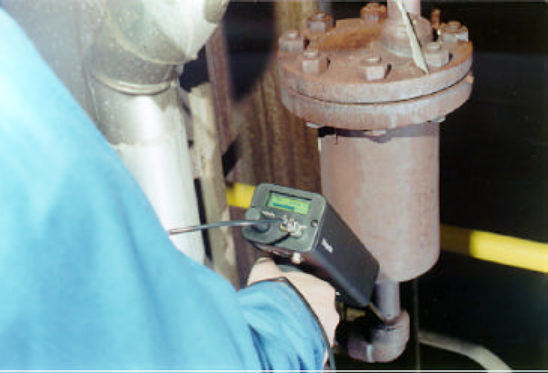
25
4. LOCATING FAULTY STEAM TRAPS
An ultrasonic test of steam traps is a positive test. The main advantage to ultrasonic testing is that it isolates the area being tested by
eliminating confusing background noises. A user can quickly adjust to recognizing differences among various steam traps, of which
there are three basic types: mechanical, thermostatic and thermodynamic. When testing steam traps ultrasonically:
1. Determine what type of trap is on the line. Be familiar with the operation of the trap. Is it intermittent or continuous drain?
2. Try to check whether the trap is in operation is it hot or cold? Use a non-contact infrared thermometer to determine this.
3. Use the contact (stethoscope) module.
4. Set Frequency to 25 kHz.
6. Try to touch the contact probe towards the discharge side of the trap. Press the trigger and listen.
7. Listen for the intermittent or continuous flow operation of the trap. Intermittent traps are usually the inverted
bucket, thermodynamic (disc) and thermostatic (under light loads). Continuous flow: include the float, float
and thermostatic and (usually) thermostatic traps. While testing intermittent traps, listen long enough to gauge
the true cycle. In some cases, this may be longer than 30 seconds. Bear in mind that the greater the load that
comes to it, the longer period of time it will stay open.
In checking a trap ultrasonically, a continuous rushing sound will often be the key indicator of live steam passing through. There are
subtleties for each type of trap that can be noted.
Use the sensitivity levels of the Sensitivity Selection Dial to assist your test. If a low pressure system is to be checked, adjust the
sensitivity UP: if a high pressure system (above 100 psi) is to be checked, reduce the sensitivity level. (Some experimentation may be
necessary to arrive at the most desirable level to be tested.) Check upstream and reduce the sensitivity to hear the trap sounds more
clearly and touch downstream to compare readings.
FREQUENCY SELECTION Occasionally it may be necessary to "tune in" to a steam trap. In some systems, specifically float type
traps under low or moderate pressure load, a wide orifice will not produce too much ultrasound. If this is the case touch the trap on the
downstream side. Adjust the frequency: start at 25 kHz. and listen for a lower frequency trickling sound of water. For other subtle trap
sounds, such as determining the difference of condensate vs. steam sounds, try to listen at 40 kHz. If this proves difficult, gradually
rotate the Frequency Selection Dial down (counterclockwise) until the specific sounds are heard. Steam will have a light, gaseous
sound; condensate will have additional overtones to its rushing sound.
GENERAL STEAM/CONDENSATE/FLASH STEAM CONFIRMATION
In instances where it may be difficult to determine the sound of steam, flash steam or condensate,
1. Touch at the immediate downstream side of the trap and reduce the sensitivity to hear the sounds more clearly.
2. Move 6 - 12 inches (15.2-30.5 cm) downstream and listen. Flashing steam will show a large drop
off in intensity while leaking steam will show little drop off in intensity.



